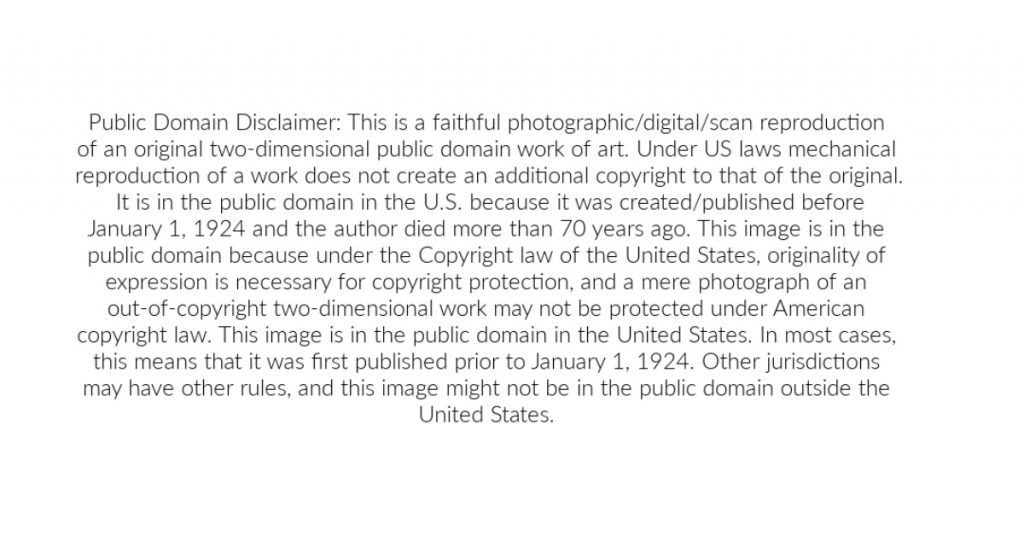
FEATURE Image: Roberto Rossellini and Ingrid Bergman – “Roberto Rossellini and Ingrid Bergman” by classic film scans is marked with CC BY 2.0.
By John P. Walsh
Come la notte Francesco pregando nella selva incontro il lebbroso —or, in English, “How St. Francis praying one night meets a leper.”
Starting at 38:15, the dramatic five-minute scene in the middle of Roberto Rossellini’s 1950 Italian film Francesco, giullare di Dio (Francis, God’s Jester or The Flowers of St. Francis) shows the medieval St. Francis of Assisi (c. 1181-1226) seeking out and embracing the time-honored social outcast—a leper.
Following their embrace—an encounter Francis up to this point in his life had seriously avoided—the saint falls to the ground and, in tears he cries out: “My God. My Lord and my all! O great God!”
Is the film scene historically accurate?
While the event of the embrace is historically accurate, it is dramatized in Rossellini’s film after Francis’s brotherhood is established. In fact, it occurred at the start of the Italian saint’s conversion. This is an important distinction since the embrace was most significant for St. Francis. It could even be argued that without it, there would be no St. Francis of Assisi at all.
In Francis’s own Testament written in 1225—one year before his death at 44 or 45 years old—the saint stated directly that his embrace of the leper became the cause of his conversion.
For a rich young man such as Francis seeking glory in military arms, he naturally spurned the contagion of leprosy and diligently avoided lepers. As Francis put it, he “exercised mercy” to the leper as Francis bridged his religious doubt with trust by embracing Assisi’s despised.
In that way, the leper— a common sight throughout medieval Europe and one that readily filled the lighthearted Francis with horror—became the astonishing means for the saint’s conversion of faith.
Special order of knights founded by pope cared for lepers in Italy.
In the thirteenth century in Europe, lepers by law had to live apart from the rest of society owing to their contagious infectious disease.
From at least the seventh century in Italy going forward there were special orders of knights who took care of lepers.
In the time period that Rossellini’s poignant film scene is set— it is either 1205 or 1206—there existed in Europe tens of thousands of these church-run leper “hospitals.” One such leper hospital was only a short walk outside Assisi’s town walls. Called San Salvatore delle Pareti, the leper hospital near Assisi that began to intrigue a young Francis is today a farm field.
Before his famous encounter of embracing the leper, Francis —then around 24 years old—had to work up to the crucial moment of embracing a leper gradually.
After Francis gave up his several quests to be a soldier, he returned to Assisi disappointed and disenchanted. Though he found refuge in the embrace of family and childhood friends, the same impulses that led Francis to abandon a military career even before it started, now prompted him to walk beyond the comforts of Assisi’s walls onto the road that led to the leper hospital.
Young Francis visits the leper hospital — and it changes his life.
Near the hospital, Francis interacted very tentatively, first with those caring for lepers —a charitable activity instituted by Pope Gregory the Great (540-604 CE)—and then at times with the lepers themselves.
To start, it was the sickening smell peculiar to the leper hospital wafting into Francis’s nostrils that made him flee.
But as his visits continued Francis—who by now was living as a hermit— journied to the leper hospital to leave them a charitable gift. After leaving it on the roadside, Francis vanished as bell-clanging lepers appeared.
It took Francis many more visits to the leper hospital as well as, in solitude, dwelling on his own thoughts and prayers to finally reach what he believed was God’s answer for him.
As clearly dramatized in Roberto Rossellini’s wonderful film, Francis discovered a deeper courage and confidence in himself—and in the same moment a supernatural faith— when along the road to the leper hospital he stepped up to leave for the leper the charitable embrace of one of the rich sons of Assisi.
Yet, following that encounter, Francis realized that the leper had given him a gift also.
After that Francis was free to profoundly pursue whatever track God called him to run. Francis could now be called to renounce the world’s riches. He married his “Lady Poverty” in their joyous mystical marriage so that even today, in the 21st century, poverty remains a major Franciscan charism. Francis and Lady Poverty have been married for over 800 years.
Following a lifetime spent in heroic Franciscan mendicancy, this world-famous Umbrian saint “Francesco” proclaimed to his Franciscan family and the world that it was at that exact moment when he embraced the leper—and the leper embraced him—that a life in and for God truly started.
St. Francis of Assisi has the indelible mark of the leper. He conquered fear and embraced the other in love no matter how godforsaken. Done in the context of divine trust and love, that faith-filled action set each man free.
SOURCE: St Francis of Assisi: A Biography by Johannes Jørgensen (1912). Translated from the Danish with the author’s sanction by T. O’Conor Sloane, Image books, 1955.

Sassetta (c.1392-c.1451), St. Francis in Ecstasy, back of the Sansepolcro altarpiece, 1437-44, Panel, 80 3/4 x 48 inches. Villa I Tatti, Florence.





